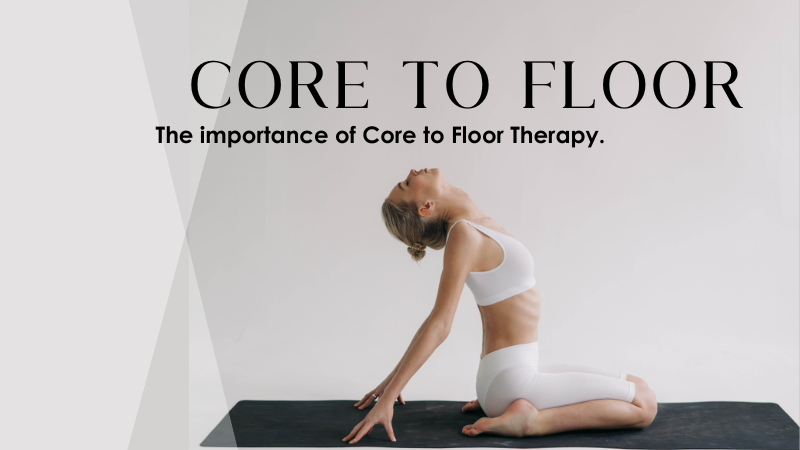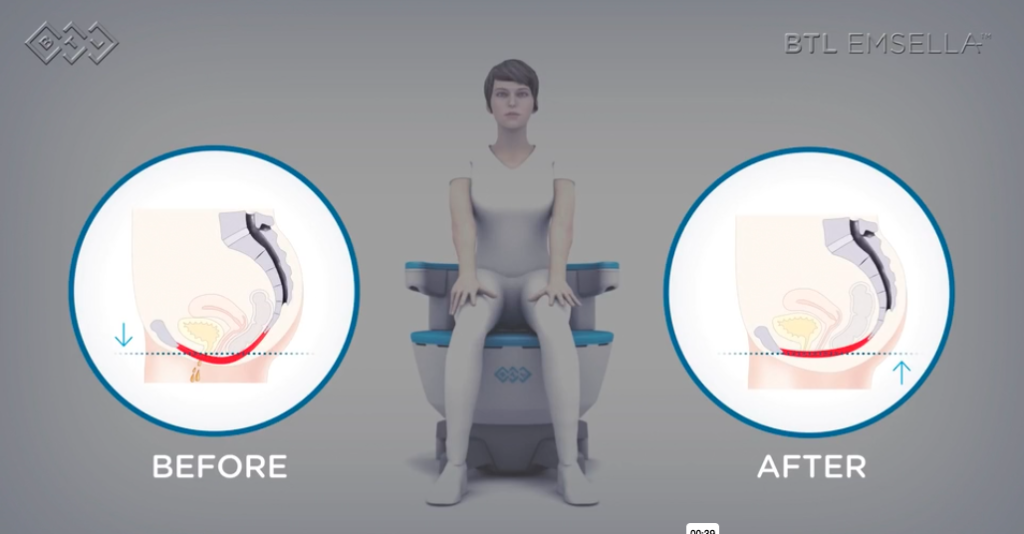Most of us probably already know how to identify our “core muscles”, but do you know which muscles groups are included in the pelvic floor and how they’re directly impacted by the core? This year, Central Wellness will be introducing a new Core to Floor Therapy to provide a whole-body therapy for the core muscle groups and pelvic floor muscle groups. In this blog, we’re excited for you to discover the importance of strengthening your core muscle groups and pelvic floor muscle groups (spoiler alert: it’s not just about incontinence!) and learn more about the new treatments coming to Central Wellness very soon!
What is "Core to Floor Therapy"?
Core to floor focuses on strengthening the core muscles and pelvic floor to resolve weakened muscles, imbalance, and incontinence. BTL, an award-winning pioneer in the aesthetics and wellness industry, has coined the term, “Core to Floor Therapy” to describe this non-invasive form of therapy. Core to Floor Therapy utilizes combination treatments with their devices, EMSculpt NEO and EMSELLA and focuses on strengthening, firming, and toning the abdomen and pelvic floor muscles, which results in restoration of neuromuscular control and increased muscle hypertrophy and hyperplasia.
The Core
The term, “core strength,” is used to refer to the strength of the core muscles which include abdominal muscles and the muscles around the pelvis. After the age of 30, individuals lose about 3% to 5% of their muscle mass per decade. Research shows that only 55% of adults engage in enough physical activity to achieve the health benefits of exercise. As we age, a less active lifestyle can lead to a decrease in bone density and lean muscle mass, tightened hip muscles, and an overall loss in muscle strength.


The Pelvic Floor
Pelvic floor muscles are the layer of muscles that support the pelvic organs. Imagine a hammock of muscles that runs from the pubic bone in the front to the tailbone in the back, designed to support the pelvic organs. A weakened pelvic floor can lead to loss of control over the bladder and bowel. Roughly 67% of women with abdominal separation, also known as diastasis recti, have pelvic floor disorder. Other physiological changes, such as vaginal delivery, menopause, and aging can also lead to urinary incontinence and weakened pelvic floor muscles.
How does Core Therapy and Pelvic Floor Therapy Work Together?
Core to floor therapy utilizes two HIFEM (high-intensity focused electromagnetic technology) therapies to strengthen, firm and tone the abdomen and pelvic floor muscles. These therapies include EMSculpt NEO, which builds muscle and reduces fat, and EMSELLA, which focuses on strengthening the pelvic floor. The result is increased muscle hypertrophy and hyperplasia and restoration of neuromuscular control, which can improve strength and balance, as well as incontinence.
Many people blame their back discomfort and reduced balance on weak muscles and a lack of exercising. If you continue to imagine the pelvic floor muscles as a hammock, then picture the reduced strength in the core causing that “hammock” to droop lower and provide less support. If the pelvic floor muscles are weakened, this not only affects urinary and bowel control, but can affect respiration and posture, and cause prolapse of the pelvic organs, constipation, and pain. Strengthening both the core muscles and pelvic floor encourages the different muscle groups to simultaneously work more effectively.
We are excited to be introducing EMSELLA and EMSculpt NEO to Central Wellness this year, and look forward to being able to provide this Core to Floor Therapy for men and women looking for a non-invasive option. Interested in learning more from our experts? Book your FREE consultation today or call 406.869.1066!






